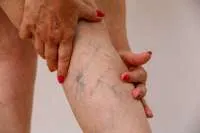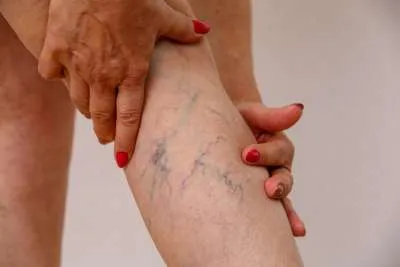The fourth wave of coronavirus is finally slowing down in Spain
- 26-04-2021
- Health
- Canarian Weekly
The harsh third wave of the virus after Christmas led to extreme caution in Spain, especially from the Centre for the Coordination of Emergencies and Health Alerts (CCAES), but this time the situation has been different and except for a sudden change in trend, which is unlikely at the moment, the fourth wave will not reach the levels of the previous three.
Unlike the other waves, in which the rebound from the minimum incidence was instantaneous, this new onslaught has had a much smoother and more irregular rise in the number of infections. There have been days in which the accumulated incidence rate (IA14), which was at its lowest on March 16th with 127 cases, has even decreased within its upward trend. Be that as it may, the incidence rate of this fourth wave is currently at almost a quarter (235) of that of the third wave, when it reached 899 on January 27th.
The trend is heading towards stabilization and a decrease in cases, despite the fact that six regions continue to exceed 250 cases per 100,000 inhabitants over 14 days, putting them in the category of 'extreme risk', confirms the fact that the seven-day incidence (IA7) which has remained around 107 to 112 cases all week, is highly stabilized and, above all, is always below 50% of the 14-day incidence, which anticipates that this rate will drop in the next few days.
This optimistic forecast is also supported by the evolution of another of the parameters that CCAES experts look at more closely, the positivity rate of PCR tests. This index, which stood at 7.46% on Friday, has been declining practically continuously from the ceiling of the fourth wave, 8.05% on Monday April 12th (far from the highs of the third wave, which it was 17.6% on Thursday January 21st).
And the latest consolidated data from Health on the 'instant basic reproductive number', which is from April 15th, also indicates the slowdown of the pandemic. That day it was at 0.97 after having reached highs on April 9th of 1.15. As long as this number is less than 1, the epidemic is in decline because each infected person only infects less than one of their contacts on average.
Even though the fourth wave is stabilising, it doesn't mean that all danger has passed. Firstly, because the number of infections (around 10,000 a day during the past week) and the number of deaths (110 on average from Monday to Friday), continue at unacceptable levels. But, in addition, the pressure on the health system, particularly in ICUs, is not subsiding. The total occupancy of beds by Covid patients is 7.93%, a percentage that shoots up to 22.80% for intensive care units, with Madrid at 44.80% of ICU occupancy.
The cause of these very high figures is twofold. The first is that there are still many entrants from the third wave, and the second, that in this fourth wave the average length of stays are longer because the patients are younger, but who need longer stays in intensive care to recover, but the good news is they are recovering, as opposed to the older age group previously.
Other articles that may interest you...
Trending
Most Read Articles
1.
2.
Featured Videos
A Vision of Elvis Tenerife Promo
- 10-05-2025
TEAs 2025 Highlights
- 17-11-2025



























































